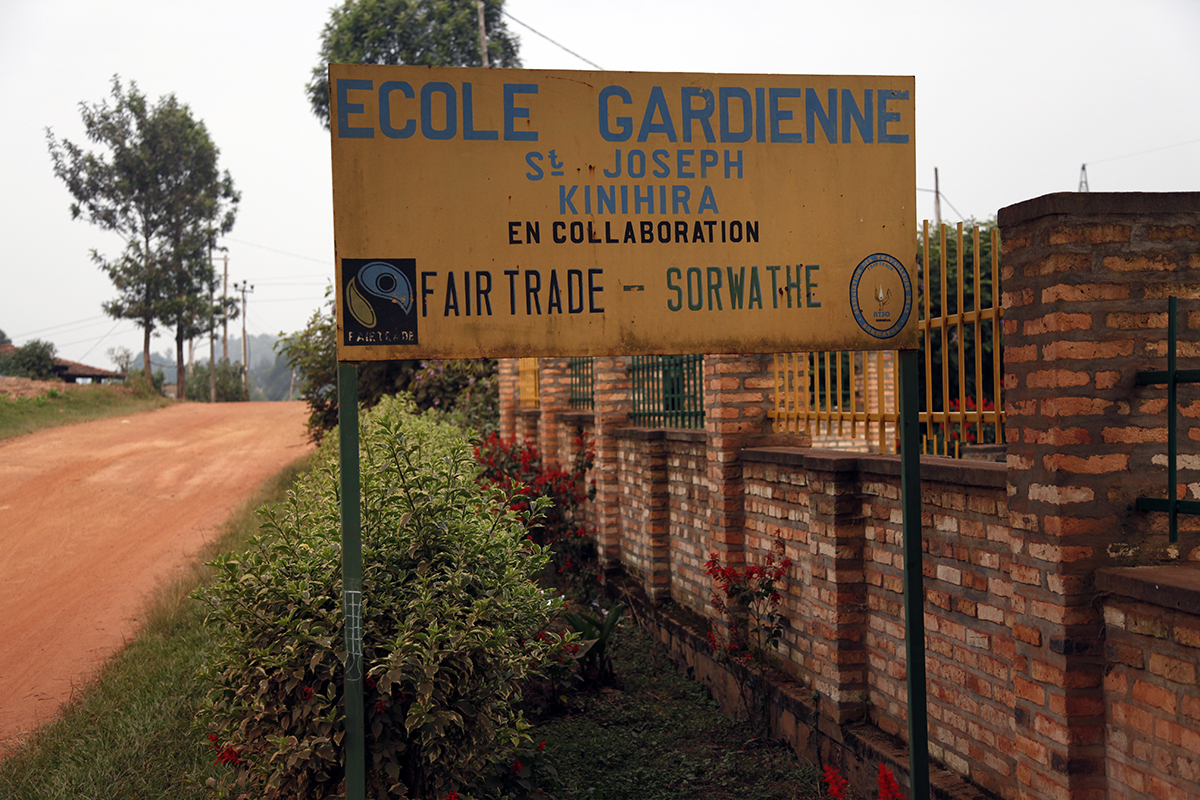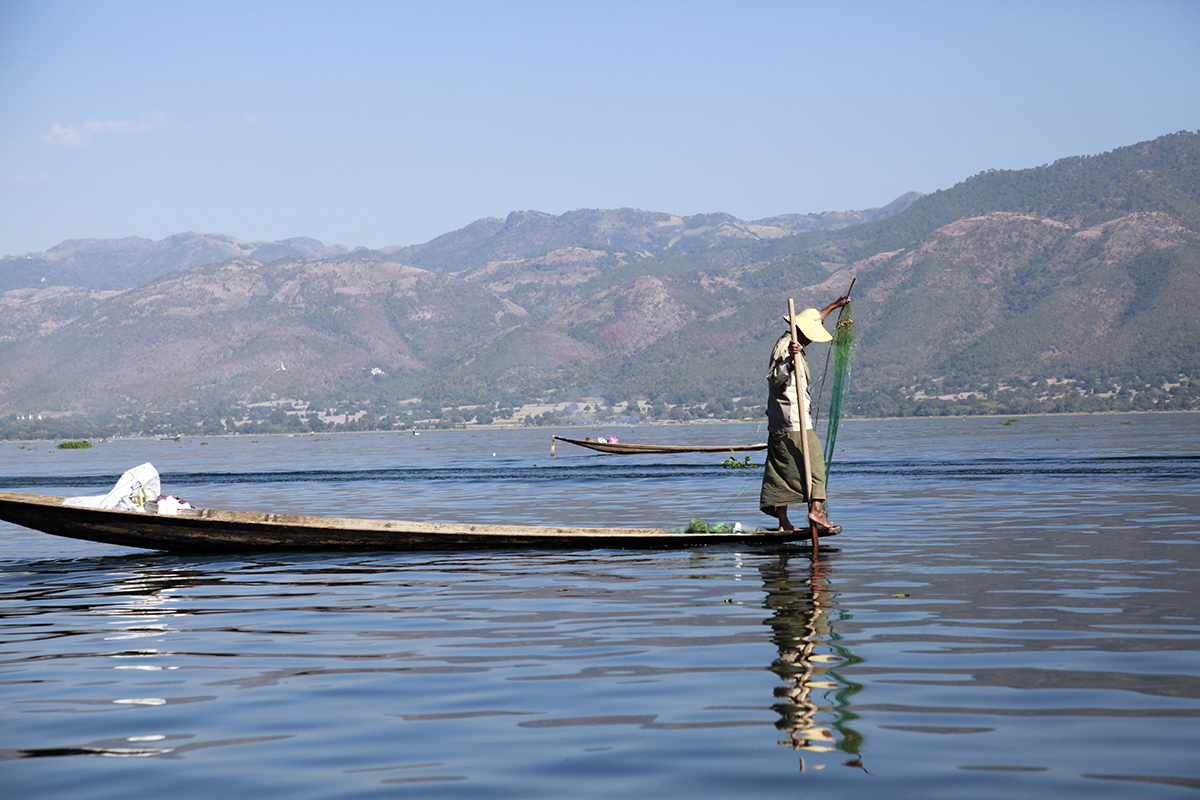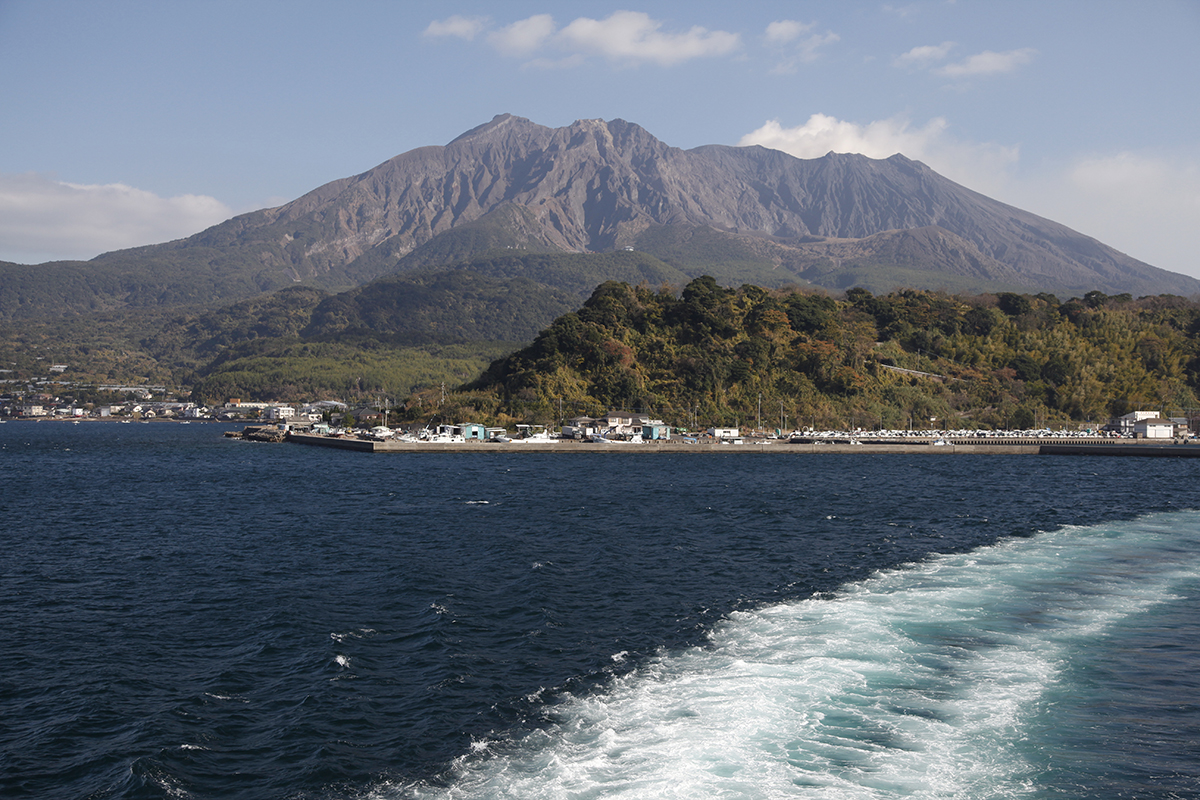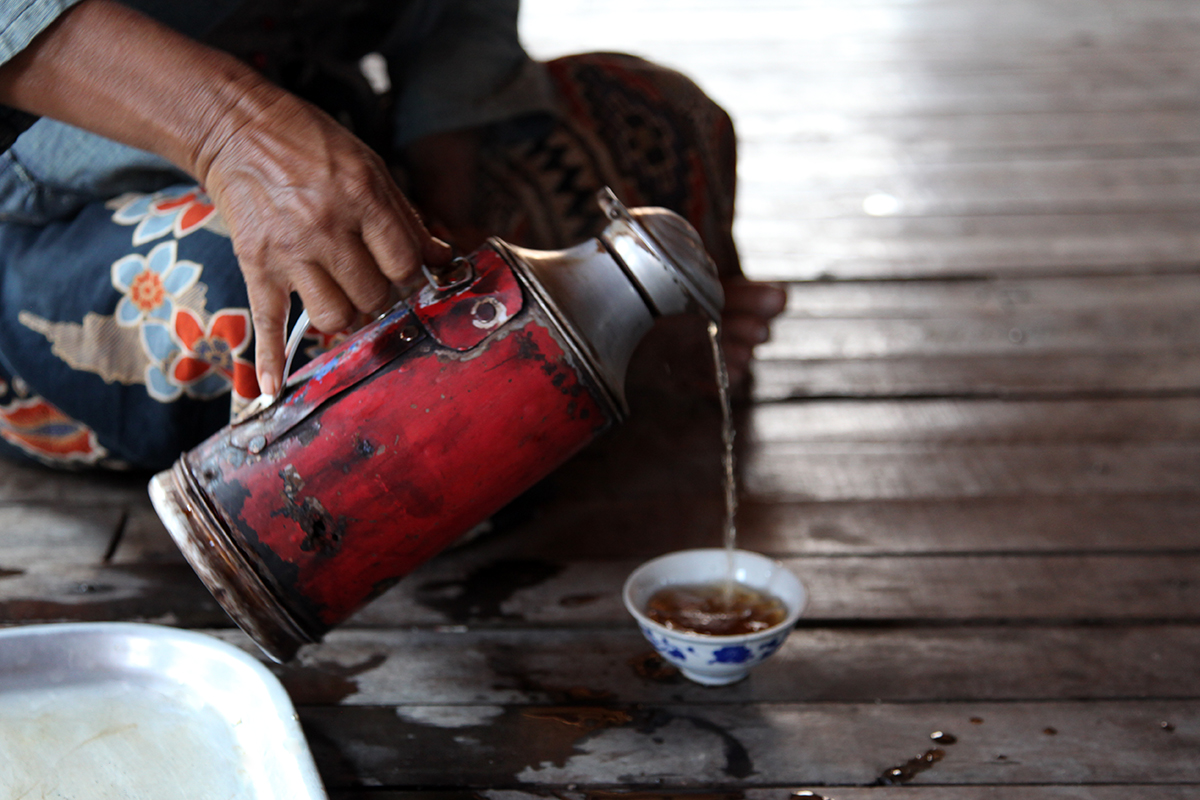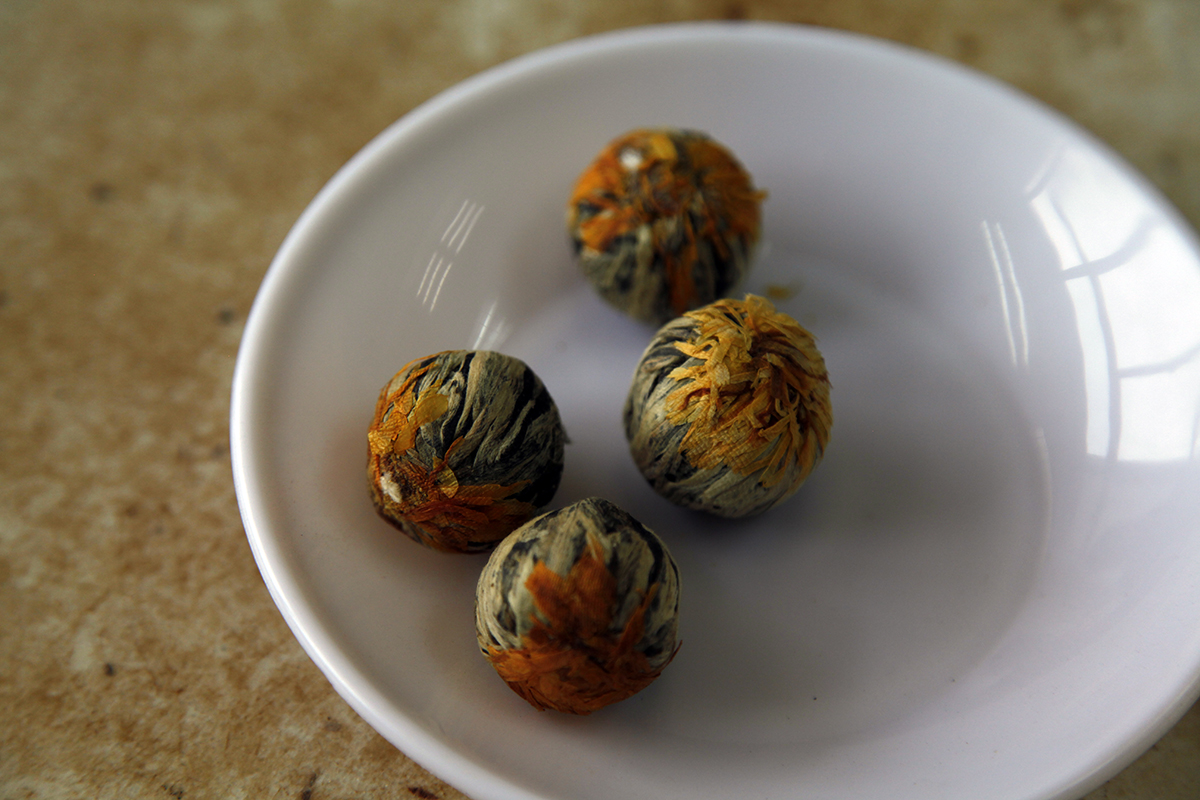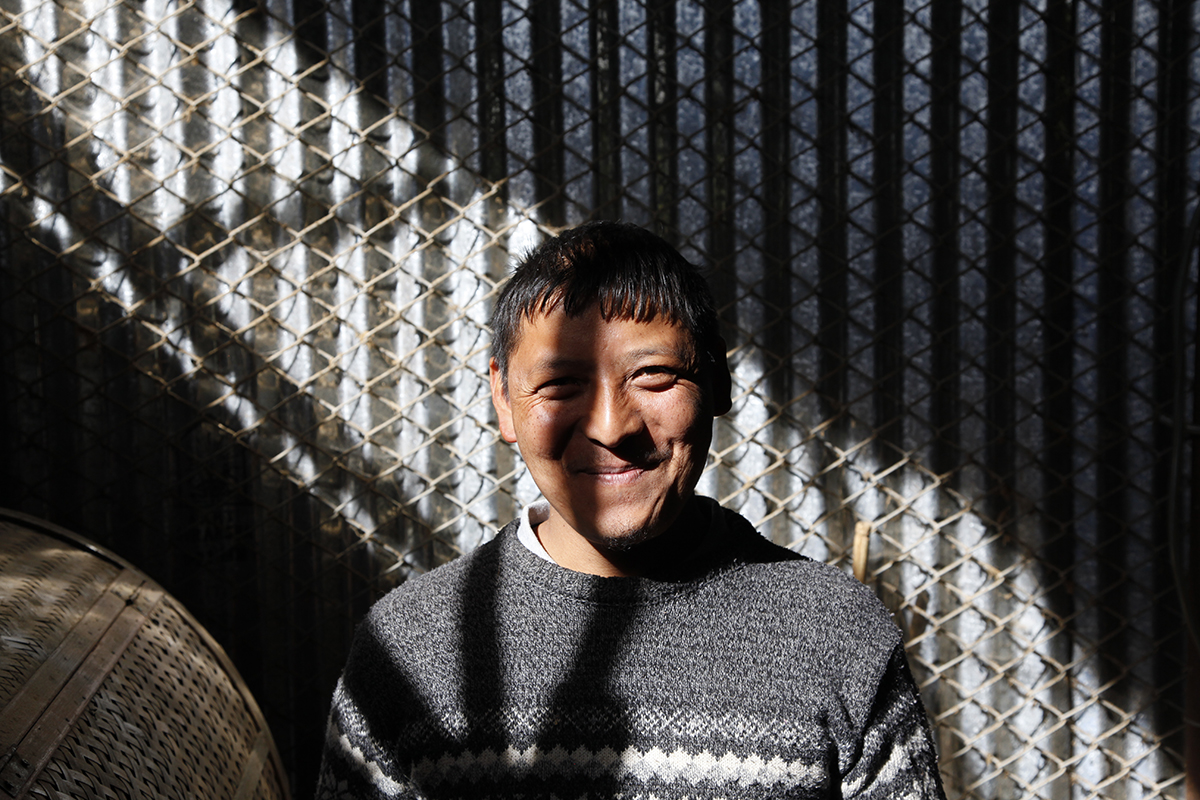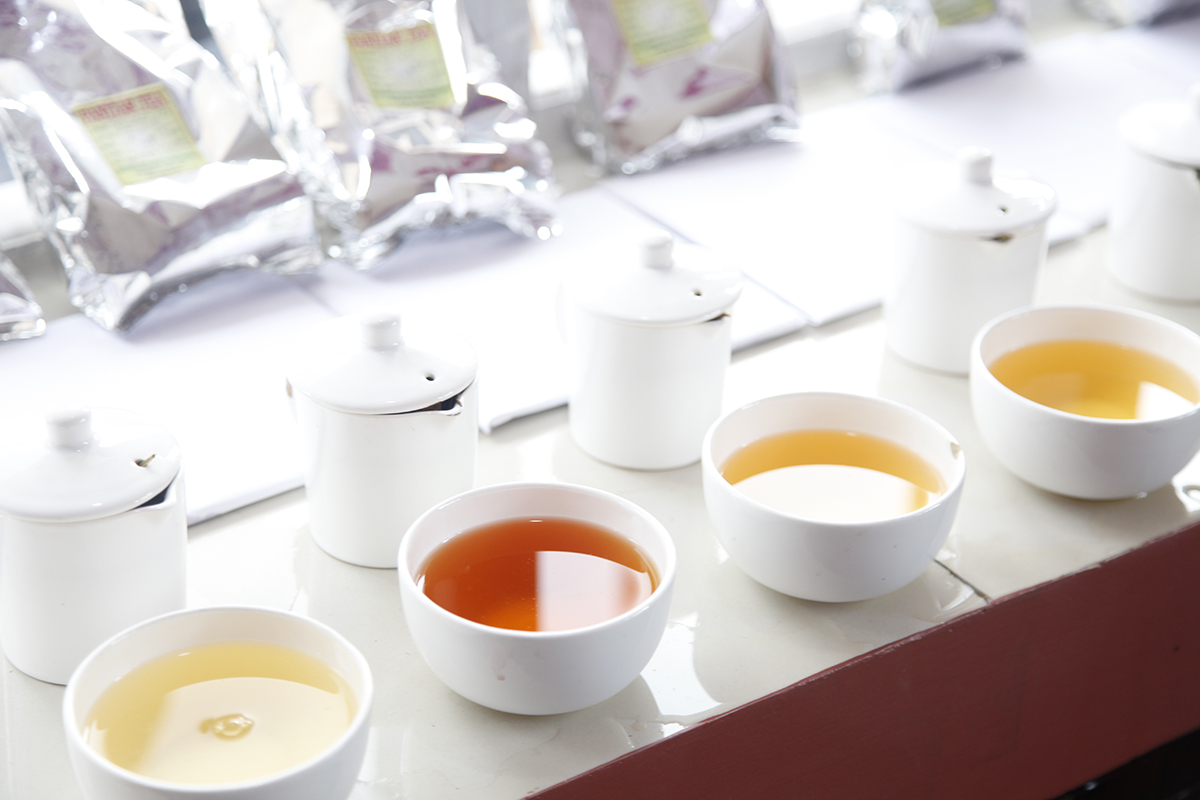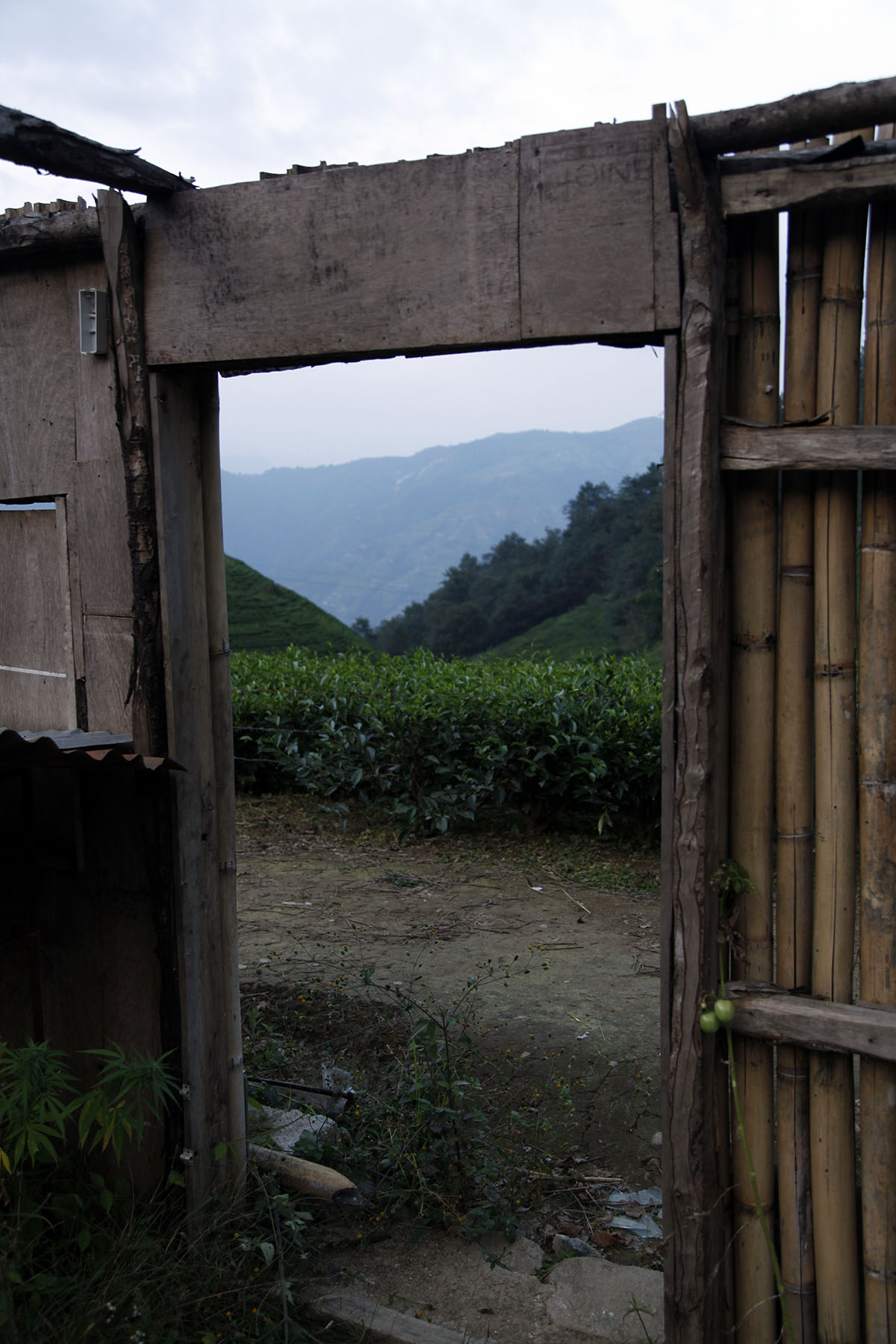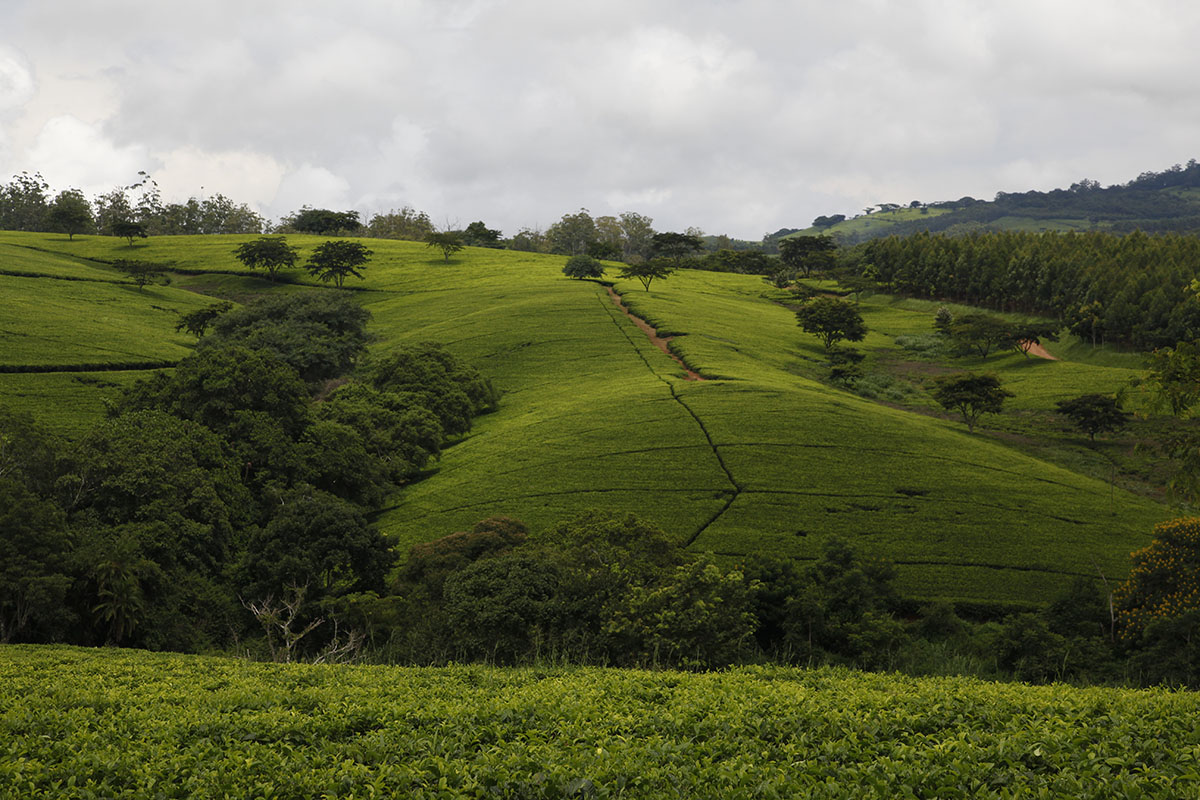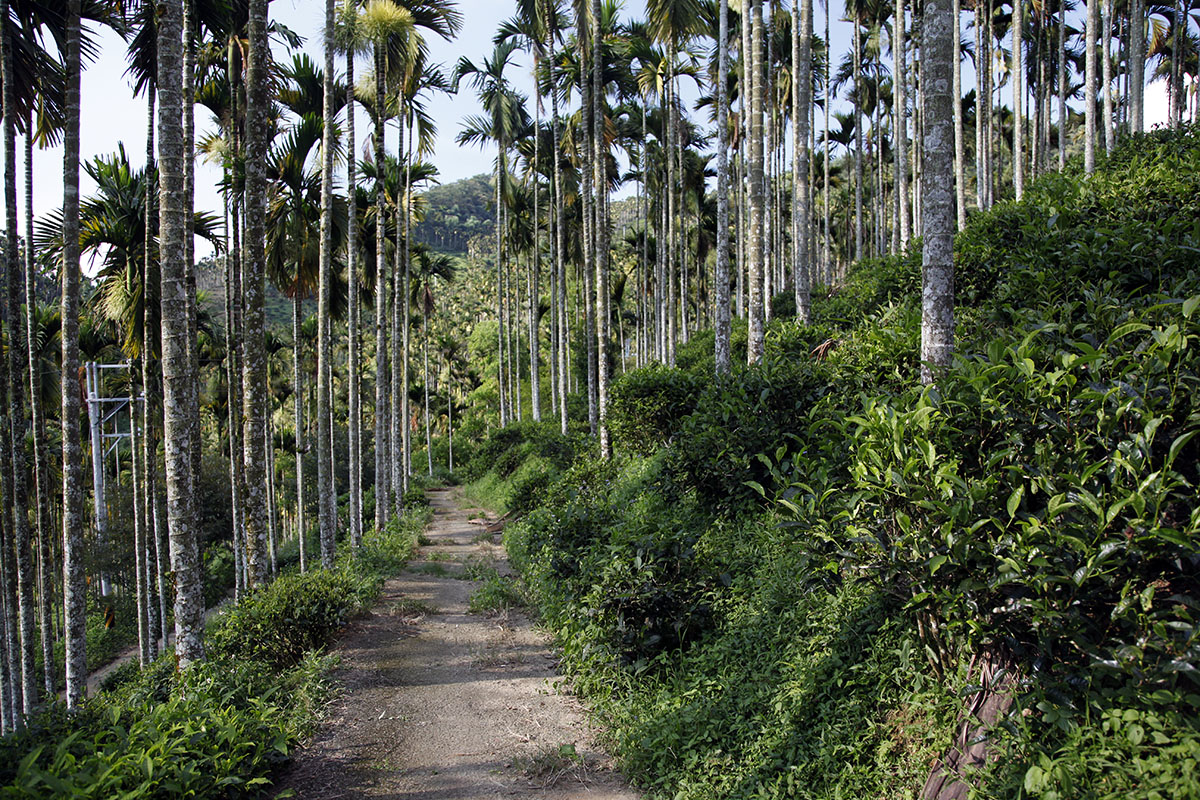Here, like elsewhere, it will soon be the start of a new term. Part of our work is to ensure that, on the tea plantations, the children in the village go to school. It is not enough to find delicious teas, although we are proud of the way they are produced. When we visit a plantation, along with a visit to the clinic, we always go to see the classrooms and meet the students and teachers.
Happy holidays
You won’t get to know the fishermen of Inle Lake this summer. Balanced right at the end of their dugout canoe, they make a rotational movement with their leg wrapped around the oar and guide the fish in a mysterious way towards the net they hold in one hand.
Viewed from the perspective of a traveller like me, and judging by the frequency of their catches, the ease and poetry of their movement repeated thousands of times contrasts with its apparent efficacy. I hope you enjoy your holidays. If you try this fishing technique for yourselves, wherever you are, let me know how you get on.
Discovering distant horizons
In normal times, the summer is a wonderful time to head out to sea and get away from it all. This year, though, I doubt you’ll have an opportunity to discover distant horizons. The magnificent Kagoshima Bay, for example. It is overlooked by one of Japan’s most famous volcanoes, Sakurajima. During active spells, it spits out magnificent plumes of white smoke three or four times a day. They stretch across the sky over this part of Japan in the far south of the country, a region familiar to tea connoisseurs. The gyokuros from these parts are celebrated, and the soil into which the tea plants plunge their deep roots is made from lava.
Simplicity
Tranquillity, calm, silence, relaxation, slowness, shade, freshness, water, deep breaths, a feeling of wellbeing… Away from noise, crowds, bright lights, movement… Turning inwards, concentration, contemplation, wonderment…
Waiting for the tea to steep, lifting the cup to your lips, taking the first sip.
The simplicity of tea.
Balls of tea
There are endless ways to shape tea, or compress it. Tea leaves can be shaped into needles, pearls, sticks, twists, old man’s eyebrows, birds’ tongues, melon seeds – there are many evocative descriptions in Chinese terminology.
Tea can also be compressed. This is mainly done with dark teas, but sometimes with white teas and certain black teas too. They become bricks, cakes or, as you can see here, simple balls.
Man Kumar Mukhiya’s wonderful tea
It is not easy for us to get hold of the wonderful teas of Nepal, as the former Himalayan kingdom is not fully out of lockdown. Nonetheless, we received a number of tea samples by post and have made a very good selection. The teas should arrive in France in the coming days and weeks.
Today, I’d like to introduce you to Man Kumar Mukhiya, an old friend. Man Kumar comes from a farming family and is passionate about tea. He has successfully started up his own farm, with his own tea fields. Today, he dreams of producing the best teas in Nepal and making his plantation, Mai Pokhari, famous among connoisseurs. No doubt we will always be there to support him. I recommend his remarkable Mai Pokhari Red Summer, which we are really looking forward to receiving.
Sensory exposure
Right now it’s best to minimise your potential exposure to a vicious virus. Much better to be safe at home, drinking delicious teas. Admire the look of the liquor before shutting your eyes and swilling it around your mouth. Pay attention to the sensations, aromas and textures in your mouth, the flavours on your tongue and palate. Then, once you’ve swallowed, you’ll be transported by the lingering finish.
Staying at home is a wonderful opportunity to expose your senses to gastronomic experiences.
Without a roof
In Nepal, among people who are finding lockdown challenging are those who still have no roof over their head. In remote villages of this ancient Himalayan kingdom, I still come across isolated hamlets where the houses remain in ruins and have never been rebuilt since the last earthquake, despite all the international aid.
Green and rosy
On the radio, I keep hearing that the Greens have done well in France. So I listen more closely. Green is my colour. Tea fields are green, tea leaves are green, the nature surrounding the tea plantations is green. Everything around me is green when I walk among tea plants, in an infinite variety of shades: yellow green, jade green, luminous green, matt green, dark green, pale green and everything in between.
In these landscapes I love so much, surrounded by green, I’m happy, I’m at peace. Everything looks rosy.
Beware the heat!
Tea plants don’t like extreme heat. In the hottest regions they are grown under cover, like here, in Taiwan. This is not quite the same as shade-grown tea. It means that from time to time the delicate little shoots get a bit of respite, and the leaves are not subjected to direct sunlight throughout the day.

